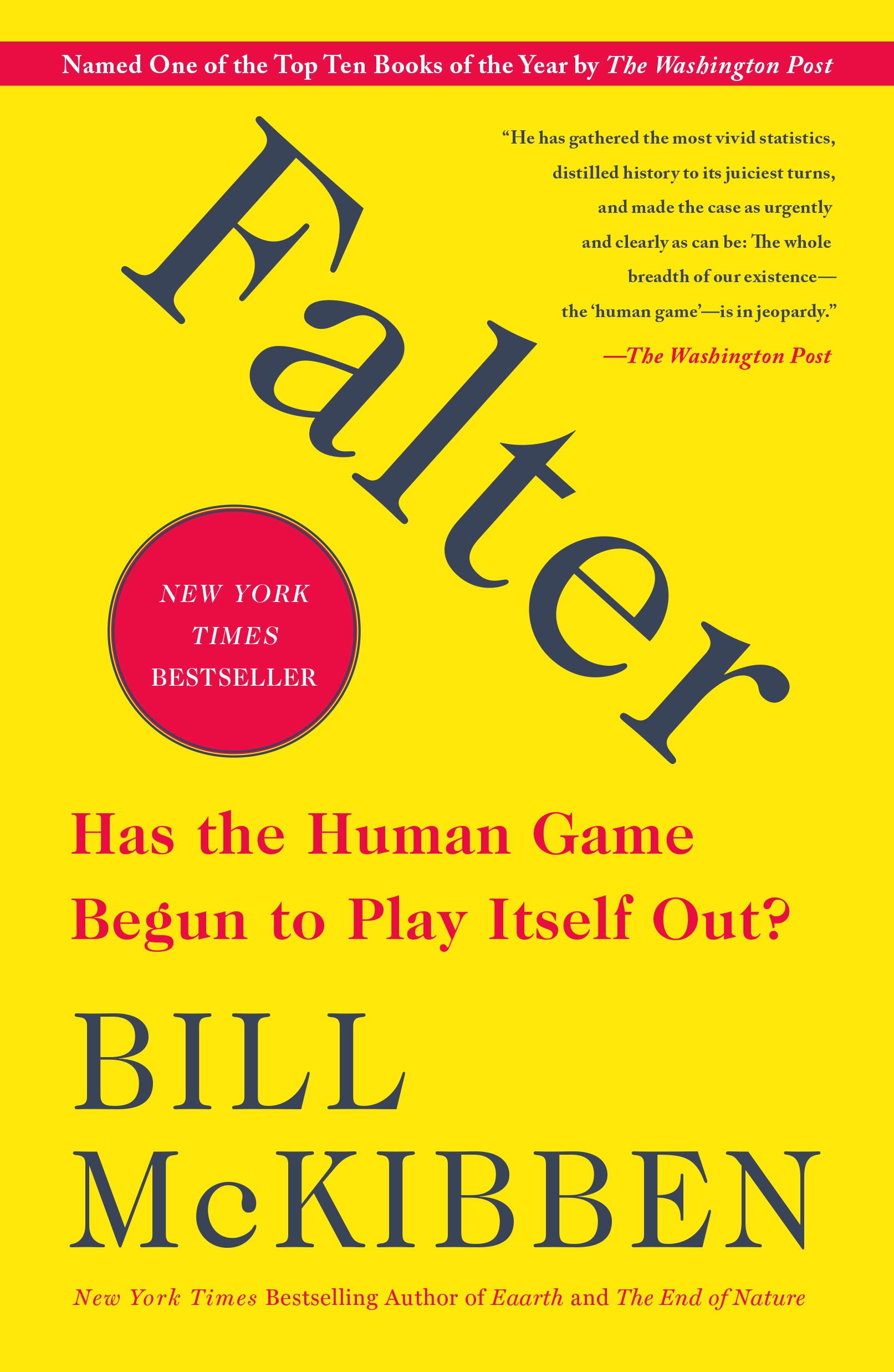Secular Beats Spiritual: The Westernization of the Easternization of the West
by Steve Bruce
2021-05-27 01:00:17
Secular Beats Spiritual: The Westernization of the Easternization of the West
by Steve Bruce
2021-05-27 01:00:17
The decline of the Christian churches in the West is undeniable but commentators differ in their understanding of what this represents. For some it shows a decline in interest in religion as such; for others, religion has not declined, it has only ch...
Read more
The decline of the Christian churches in the West is undeniable but commentators differ in their understanding of what this represents. For some it shows a decline in interest in religion as such; for others, religion has not declined, it has only changed its shape. Possible candidates forChristianity''s replacement are the new religious movements of the late 1960s and what is variously called New Age, alternative or contemporary spirituality.Secular Beats Spiritual offers a detailed study of the religious and spiritual innovations of the last 50 years. It assesses their popularity in the UK and concludes that the "not decline - just change" view cannot be sustained. Serious interest in spirituality has grown far less quickly than hasthe number of us who have no religious or spiritual interest. The most popular and enduring movements have been the least religious ones and those that have survived have done so by becoming more "this-worldly" and less patently religious or spiritual. Yoga is popular but as a secular exerciseprogramme; Transcendental Meditation now markets its meditational technique as a purely secular therapy; British Buddhists now offer the secular Mindfulness; and the Findhorn Foundation (Europe''s oldest New Age centre) is no longer the germ of a counter-cultural communalism but sells its expertiseto major corporations. Steve Bruce also demonstrates that, although eastern religious themes (such as reincarnation and karma) have become more popular as the power of the Christian churches to stigmatise them has declined, such themes have also been significantly altered so that what superficiallylooks like the easternization of the West might better be described as the westernization of the easternization of the West.
Less






























